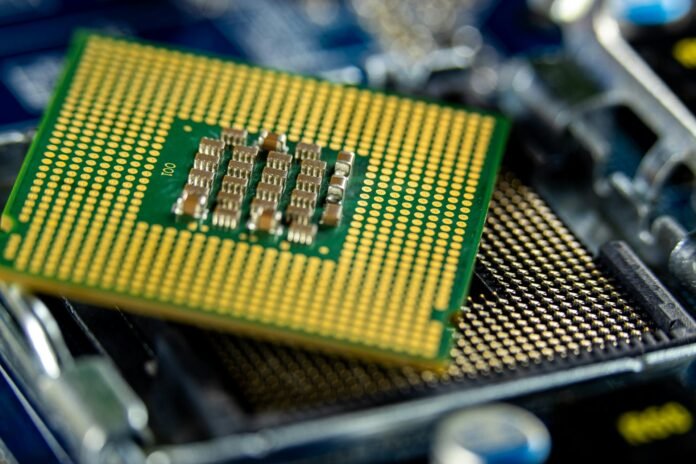Semiconductors, the building blocks of modern electronics, are ubiquitous in devices ranging from smartphones to supercomputers. The manufacturing process of these tiny, intricate components is highly sophisticated, requiring a suite of advanced machines. Each step of the semiconductor fabrication process employs specialized equipment to ensure precision and efficiency. Here’s a closer look at the key machines involved in semiconductor manufacturing.
1. Photolithography Machines
Table of Contents
Photolithography is the cornerstone of semiconductor manufacturing. These machines, often referred to as “steppers” or “scanners,” use ultraviolet (UV) light to transfer intricate circuit patterns onto a silicon wafer. The process involves several critical components:
- Exposure Systems: These systems project the UV light through a photomask (a template of the circuit pattern) onto a light-sensitive photoresist coating on the wafer.
- Aligners: Aligners precisely position the wafer and photomask to ensure accurate pattern transfer.
- Developers: After exposure, developers chemically develop the photoresist, revealing the circuit pattern.
Companies like ASML and Nikon lead the market in producing state-of-the-art photolithography equipment, including the latest Extreme Ultraviolet (EUV) lithography machines, which enable the production of smaller, more powerful semiconductor nodes.
2. Etching Machines
Etching is used to remove selected portions of material from the wafer surface, creating the desired circuit patterns. There are two primary types of etching machines:
- Dry Etchers (Plasma Etchers): Utilize reactive gases in a plasma state to etch away materials. They are highly precise and used for defining intricate patterns.
- Wet Etchers: Use liquid chemicals to dissolve unwanted materials. While less precise than dry etching, wet etching is useful for larger-scale material removal.
3. Deposition Machines
Deposition machines add layers of materials to the wafer, forming various structures and components. There are several types of deposition techniques, each requiring specialized equipment:
- Chemical Vapor Deposition (CVD) Machines: Use chemical reactions to deposit thin films of material onto the wafer surface.
- Physical Vapor Deposition (PVD) Machines: Employ physical processes, such as sputtering, to deposit thin films.
- Atomic Layer Deposition (ALD) Machines: Provide atomic-level control for ultra-thin film deposition, crucial for advanced semiconductor nodes.
4. Ion Implanters
Ion implantation is a process where ions are accelerated and implanted into the wafer to alter its electrical properties, creating regions of different conductivity. Ion implanters are highly sophisticated machines that can precisely control the dose and energy of ions to achieve the desired modifications.
5. Chemical Mechanical Planarization (CMP) Machines
CMP machines are used to smooth and planarize the wafer surface after various processing steps. This is essential for creating a flat surface for subsequent photolithography and deposition processes. CMP combines chemical reactions and mechanical abrasion to achieve a high degree of flatness and uniformity.
6. Metrology and Inspection Machines
Quality control is paramount in semiconductor manufacturing. Metrology and inspection machines are used throughout the fabrication process to ensure that each step meets stringent specifications:
- Optical and Electron Microscopes: Provide high-resolution imaging to inspect and measure features on the wafer.
- X-Ray Diffraction (XRD) Machines: Analyse the crystal structure and composition of materials.
- Ellipsometers and Reflectometers: Measure film thickness and optical properties.
7. Dicing Machines
After all the processing steps are completed, the wafer must be cut into individual semiconductor dies. Dicing machines use lasers or diamond-tipped saws to precisely cut the wafer without damaging the delicate circuits.
The production of semiconductors involves a highly coordinated use of advanced machinery, each playing a crucial role in transforming a simple silicon wafer into a powerful, miniature electronic device. Companies in the semiconductor industry continually innovate, pushing the boundaries of what these machines can achieve, thus driving the advancement of technology that powers our modern world.


